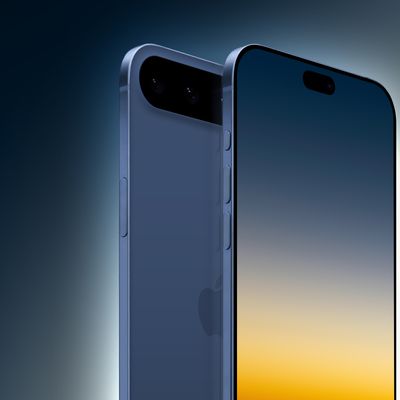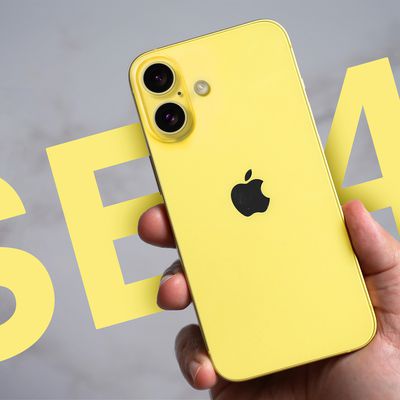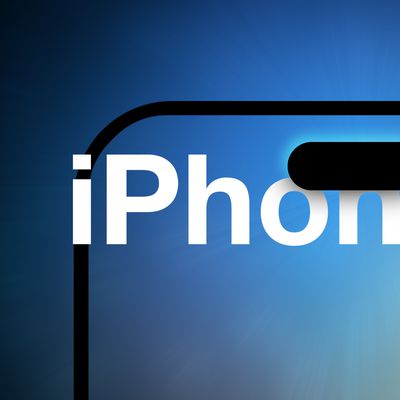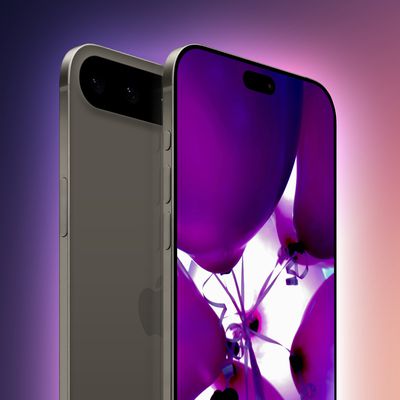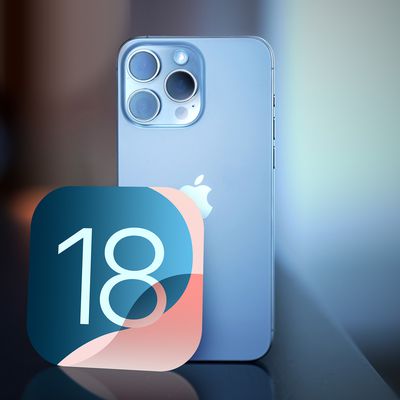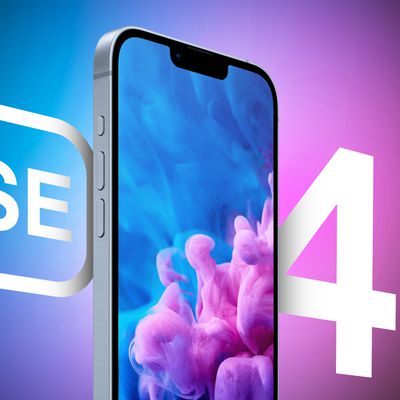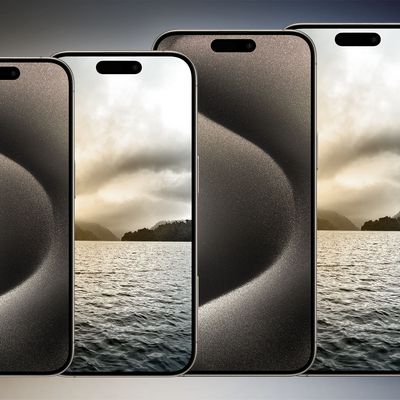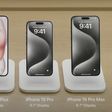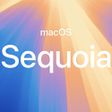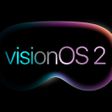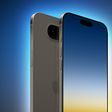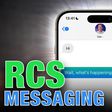Apple this afternoon shared three new ads on its YouTube channel, all of which are quick clips that focus on select iPhone X features like Portrait Lighting and Face ID.
The first video, "Opens with a Glance," displays the iPhone X with the words "Introducing the most unforgettable magical password ever created. Your face," before showing off a series of faces to demonstrate how the iPhone X can be unlocked with facial recognition.
A second video, "Adapts to Your Face," was previously available on Apple's Canadian YouTube channel. It's designed to highlight the machine learning techniques used to allow Face ID to adapt to beards, hats, sunglasses, and other facial changes.
The third video, "Introducing Portrait Lighting," demonstrates the Portrait Lighting feature that's available on the iPhone X. Portrait lighting is designed to allow users to adjust the lighting in an image using depth mapping techniques, and it is also available on iPhone 8 Plus.
Today's iPhone X videos follow several iPhone X feature ads that Apple shared in late November. Those previous videos focused on Face ID and Animoji, demonstrating specific Face ID features like its ability to work in the dark and adapt to makeup.
Apple will use these short 15-second ads to show off iPhone X features on television, on the web, and on social networks like Instagram.


